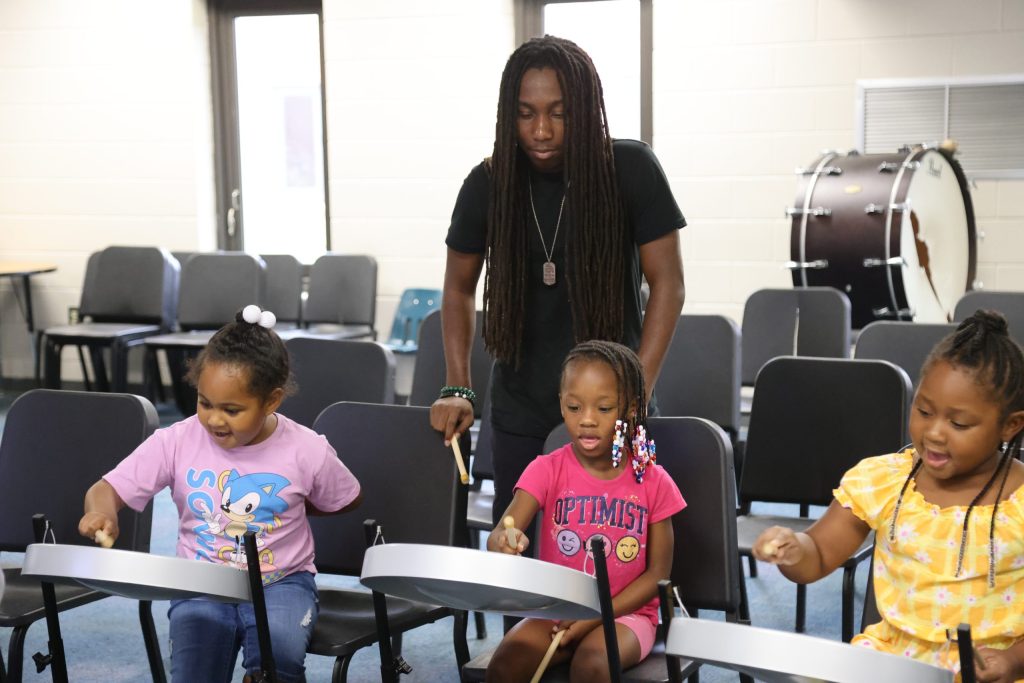July 8, 2024
Background
In 2015, President Obama reauthorized the Elementary and Secondary Education Act of 1965 by signing into law the Every Student Succeeds Act. Among it’s many provisions, the law provides funding support to State and Local Education Agencies to promote student success and achievement.

Photo courtesy of Arts Grow SC
Why It Matters
Within ESSA, there are several opportunities for districts to fund and support equitable access to Arts Education for K-12 students. In fact, provisions of the law frequently mention support for a “well-rounded education” which the federal government defines to include “music and the arts.” The law also provides funding for the professional development of well-rounded educators and may be used to support professional learning opportunities for arts educators.
Unfortunately, the allowable use of funding for arts education is not explicit, leaving many of the funding decisions subject to the interpretation of State Education Agencies or individual school districts. With American Rescue Plan/Elementary and Secondary Schools Emergency Relief Funds expiring this year, schools and districts may be looking to shift funding for the continuation of pandemic era programs. To aid educators and administrators in advocating for this arts education funding at the local level, we’ve put together a breakdown of language in ESSA that supports arts education.
The SCAA is providing the following information as an advocacy resource ONLY. For guidance on compliance with federal law, including allowable expenditures, consult an authorized individual at the local, state, or federal level.
What’s In the Law
You can download a printable summary here, or keep reading to see what’s in the law. At the end of this blog, we’ve also provided some federal advocacy opportunities. Your voice is vital to maintaining this funding and communicating the importance of top-down clarity to ensure consistent support for arts education at the local level.
Title I

Photo courtesy of Arts Grow SC/Engaging Creative Minds
The stated purposes of this provision is to “provide all children significant opportunity to receive a fair, equitable, and high-quality education, and to close educational achievement gaps” (20 U.S.C. 6301). Title I – Part A requires schools to develop a Schoolwide Program Plan, which may include programs, activities, and courses necessary to provide a well-rounded education.
- Programs must demonstrate that they use research backed effective strategies to meet any one (or several) of the four Title I goals: student achievement, student engagement, parent involvement, and school climate/ culture.
- A compelling body of evidence shows that arts strategies have been effective in reaching each of those four goals.
- Arts education programming is also eligible for support under provisions related to expanded learning time.
Title II
Among it’s stated purposes, this provision provides for activities that “improve the quality and effectiveness of teachers, principals, and other school leaders” and “increase the number of teachers, principals, and other school leaders who are effective in improving student academic achievement in schools” (20 USC 6601).
- Title II- Part A supports the use of funds to provide high-quality, personalized professional development for teachers. This is especially crucial for arts educators, who often lack access to content specific professional learning opportunities.
- Provisions also support initiatives to recruit and retain teachers, including arts educators. These initiatives may include differential and incentive pay and reduction of class sizes. The SC Department of Education includes arts education in its list of high-need subject areas.
Title IV
Title IV, Part A provides for Student Support and Academic Enrichment Grants for activities that support a well-rounded education, while Title IV, Part B supports out-of-school time through 21st Century Community Learning Centers.
- Both provisions specifically mention arts education and arts integration as supported tools for promoting student success and achievement.
- The SC Department of Education provides additional guidance on how Part A funds should be spent, and includes the arts.
Take Action
For the past few years, the US House has proposed substantial cuts to Title I funding and the elimination of Title II funding. Advocates can help maintain these funding sources by contacting your legislator:
- Communicate how important these funds are to your school or district, especially if you have used funding to improve student learning through arts education.
- Explain the need for clarity in federal guidance that makes it easier to access these funds for arts education purposes.
- Ask them to support the Arts Education for All Act, which contains measures to include the arts in state and local education plans, requiring state report cards to include information on arts courses, and reinstates the National Assessment of Educational Progress (NAEP), including full and robust assessments in dance, theater, media arts, music, and visual arts.
- You can find the full Arts Education Issue Brief, including a call to increase ESSA funds in the FY25 budget here >>
Resources
Photo courtesy of Arts Grow SC
ESSA Resources
- everystudentsucceedsact.org
- naesp.org/wp-content/uploads/2020/02/MeetTitleIGoalsUsingArts.pdf
- nasbe.org/using-essa-to-leverage-arts-education-policy/
- ed.sc.gov/policy/federal-education-programs/every-student-succeeds-act-essa/
Additional Advocacy Resources
- americansforthearts.org
- artsactionfund.org
Like this content? You can find more blog posts here >>


